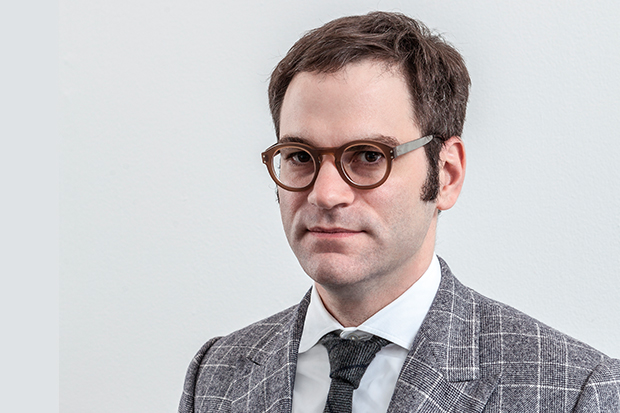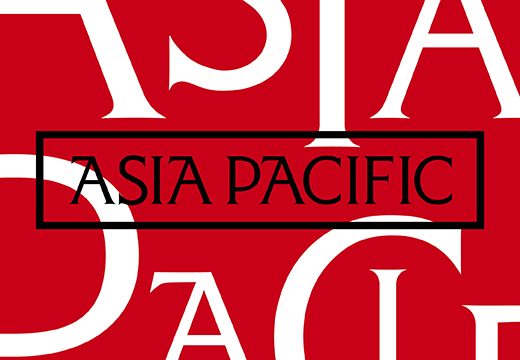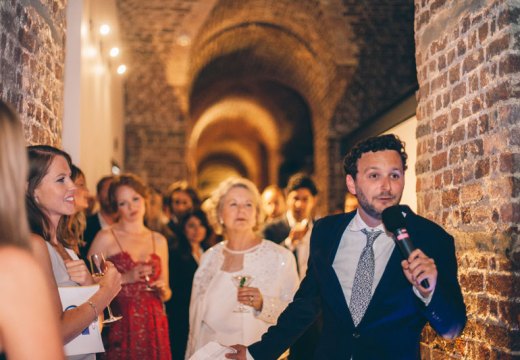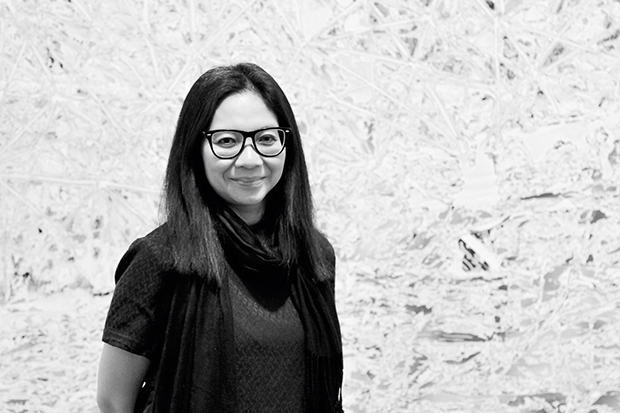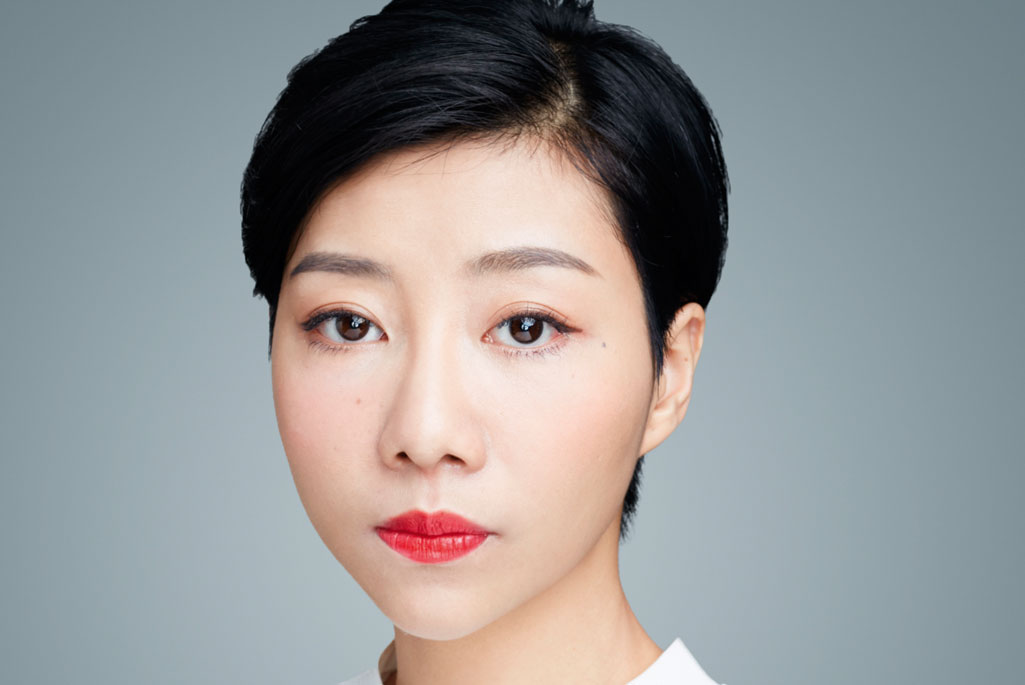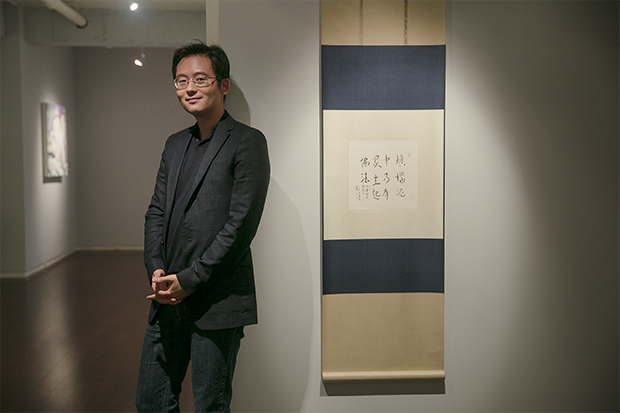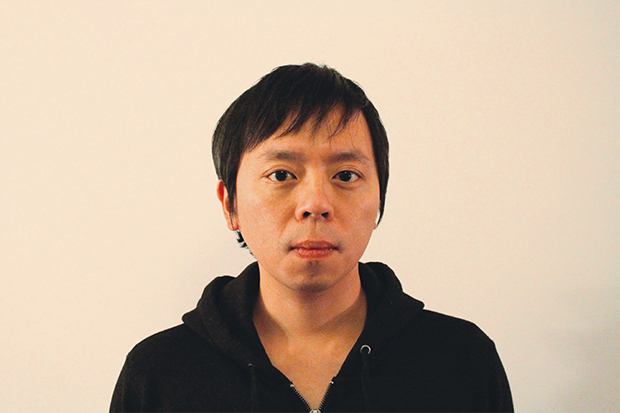Director, Ullens Center for Contemporary Art, Beijing, China
As director of the Ullens Center for Contemporary Art (UCCA) in Beijing since 2011, Philip Tinari is among the most influential of those curators, critics, and art historians working to build bridges between the Chinese and international art scenes. Born in Philadelphia in 1979, Tinari was awarded a Fulbright fellowship in 2001 to further his studies in comparative literature in Beijing, during which time he became fascinated by China’s ‘position at the intersection of a wide variety of socio-economic, cultural and political issues’ that looked set to define the emerging world.
Recognising that these shifts would find expression in a domestic art to which little attention was being paid in the West, and for which there was at that time barely any infrastructural support in China, the Mandarin-speaking Tinari made permanent his stay in Beijing and became one of the foremost experts on the subject. After several years observing, and participating in, the growth of the city’s art scene from a small group of intimates, he founded the bilingual art magazine LEAP in 2009. Combining critical appraisal with a crossover appeal to the young, often foreign-educated middle classes that constitute a large part of the expanding audience for contemporary art in China, the magazine was increasingly sought out by European and American professionals.
Beijing’s emergence as a significant hub in the increas-ingly multipolar global market for the production, exhibition and criticism of new art has been made possible, Tinari tells me, by a rapidly professionalising network of institutions, commercial galleries, and publications such as LEAP. The rampant speculation that made the Chinese market notorious in the early years of the century has been tempered by the growth of an art ecosystem – educated collectors, critics, and curators – to rival those in more established centres (which have, by turn, suffered more recently from the corrosive effects of speculation). So dominant was the secondary market in the early days that Tinari remembers a time when dealers would pick up new work from an artist’s studio and simply deposit it at an auction house. Standing at the centre of the bustling 798 Art District, UCCA (which was founded in 2007 as a non-profit, non-collecting, non-governmental museum by Guy and Myriam Ullens) is emblematic of the changed conditions.
The museum’s programme reflects the same determination to situate the work of Chinese artists amid global currents. Thus solo shows by emerging talents (through the New Directions initiative, among others) and more established names (such as Xu Zhen and Liu Wei) are juxtaposed with introductions to a Chinese audience of the canonical figures in Western modern and contemporary art, from Duchamp to Rauschenberg through to Tino Sehgal, Taryn Simon, and John Gerrard. Exposure to these works – with which many Chinese artists might be familiar only in reproduction or online – is seen by Tinari as a means of fostering creative dialogue between the two artistic traditions and diminishing the ‘time-lag’ that hindered domestic art for so long after the Reform and Opening Up period that followed Mao’s death in 1976, traditionally taken as the ‘starting point’ of contemporary Chinese art (Tinari concedes that this is a useful marker, but suggests that a new generation of art historians should ‘complicate’ such simplified narratives).
While the internet has allowed unprecedented access to art new and old, it remains the responsibility of institutions to contextualise and present that history in illuminating ways. Rather than impose a statutory version of contemporary art, then, Tinari seeks to identify relationships between local conditions and the artists that express them. William Kentridge, for instance, was selected for a major exhibition at UCCA because Tinari identified that the South African artist’s engagement with historical trauma and state repression might strike a chord with some of the million or so people who visit the institution each year. That impulse to establish links across time as well as space was equally evident in his curation of the ‘Armory Focus: China’ section of the Armory Show, New York, in 2014, for which Tinari juxtaposed a generation of younger artists with key historical works by members of the influential Stars group (1979–83), including Huang Rui and Wang Keping.
Tinari acknowledges the particular difficulties of running an institution in China, specifically the frustration of having to ‘jump through a certain number of hoops’ in his dealings with the state authorities. Yet his enthusiasm for the city in which he lives is palpable, as is his conviction that the art being made and exhibited there today will prove to be of enduring historical value. In an increasingly unstable world, the continued development of China as an economic and by extension cultural power might be one of the few remaining certainties. Tinari is uniquely well placed to witness, and shape, that change.
Unlimited access from just $16 every 3 months
Subscribe to get unlimited and exclusive access to the top art stories, interviews and exhibition reviews.

